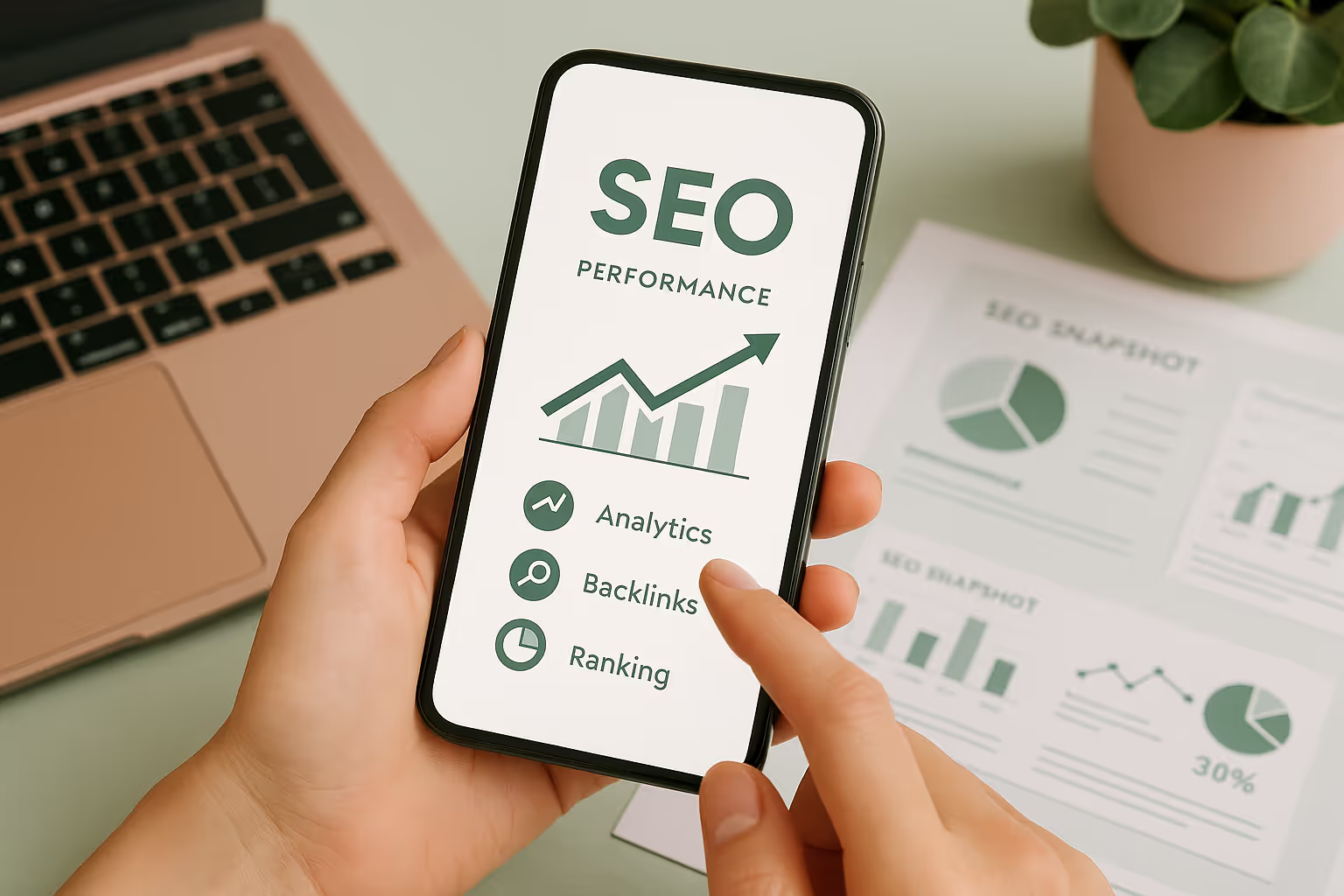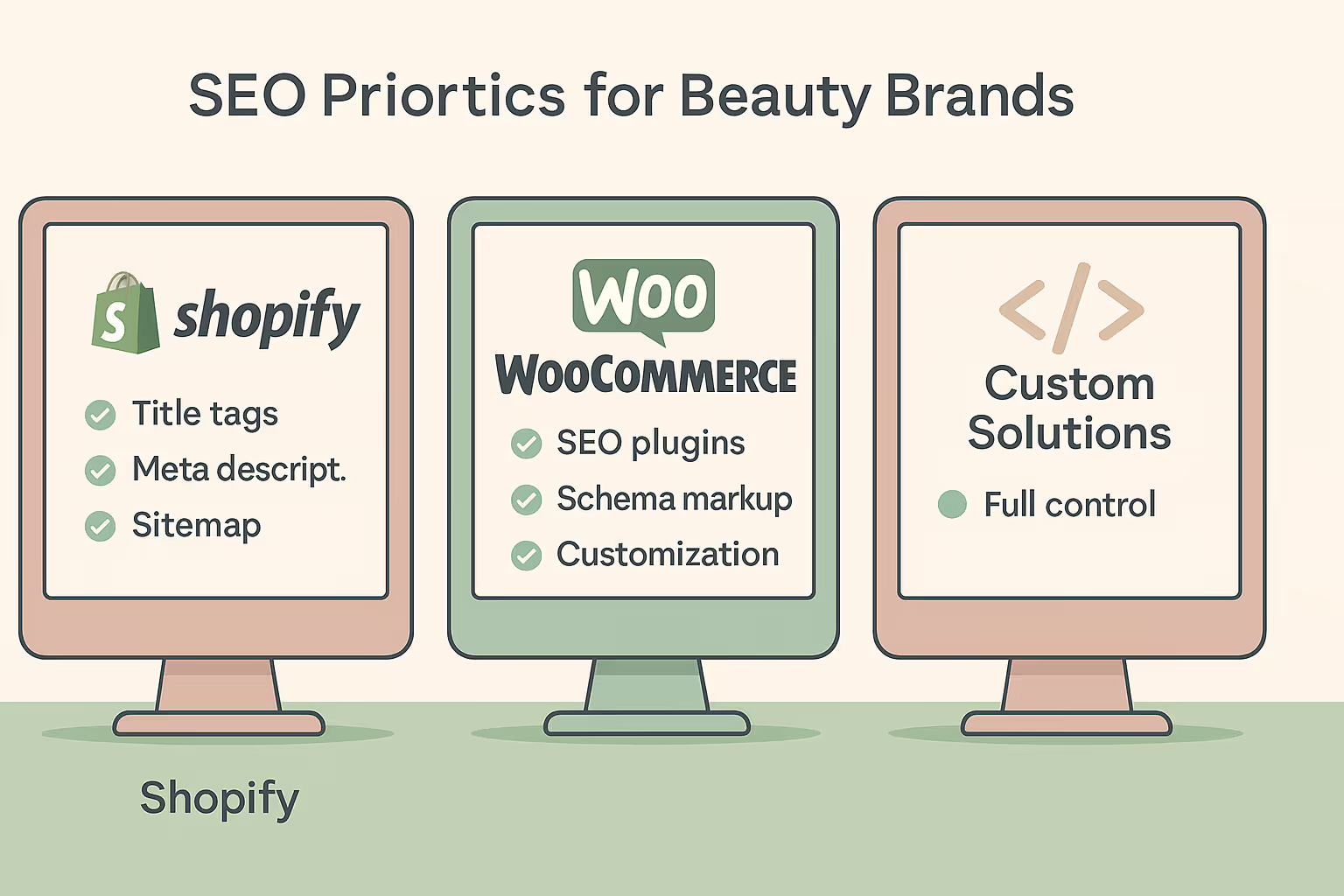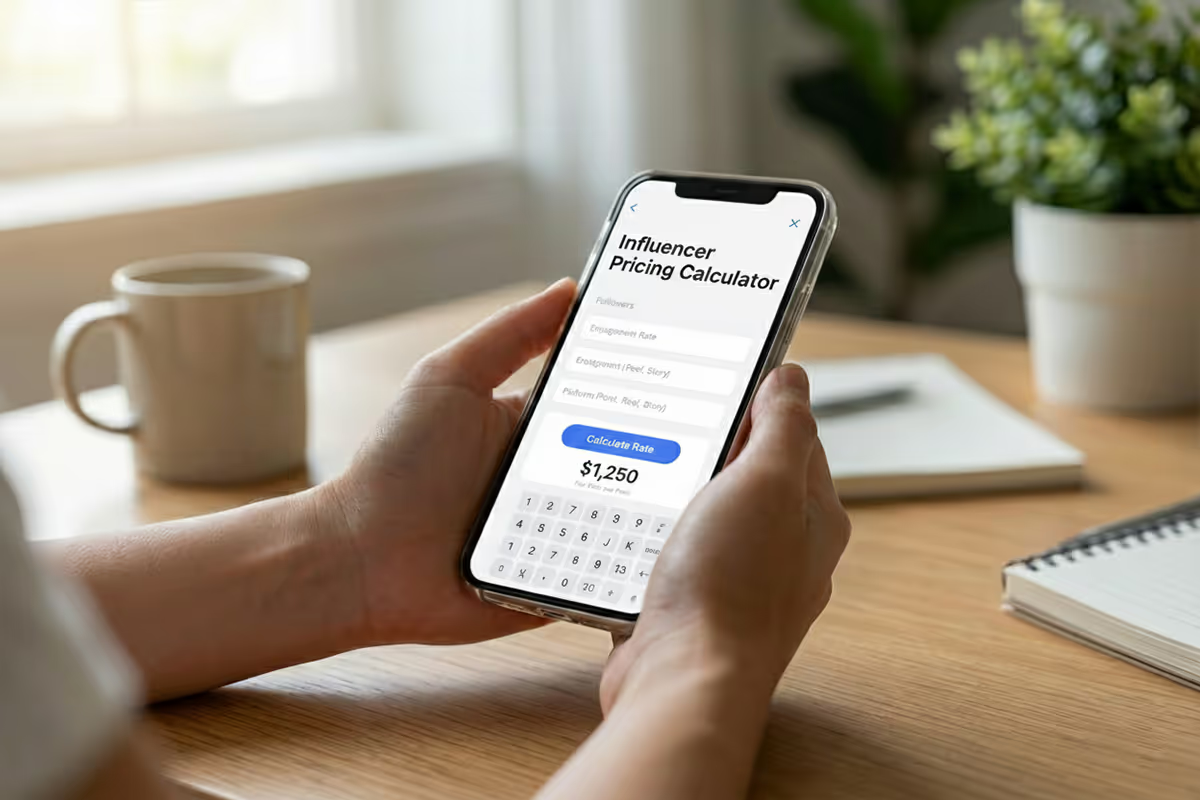How to Use SEO for Beauty Products Marketing Effectively: SEO Strategies

The global beauty industry is set to surpass $720 billion by 2028, with over 70% of consumers researching online before buying. As digital competition intensifies, SEO becomes essential, not optional, for visibility and growth.
Effective SEO for beauty products marketing helps brands stand out in search results, attract qualified traffic, and boost sales. From keyword targeting to optimized descriptions, the right strategy gives cosmetics and skincare brands a clear edge.
In this guide, we’ll explore how to use SEO for beauty products marketing effectively so your brand can rise above the noise and attract the right audience.
Essential SEO Strategies for Beauty Product Marketing
Beauty consumers don’t just Google. They zoom in, compare, and obsess over ingredients. This SEO playbook helps you map content to buyer intent, so your brand shows up exactly when and where it matters.
Now, let’s explore the foundational strategies every beauty brand should implement:
Keyword Research for Beauty Products
Effective beauty SEO begins with understanding exactly what your potential customers are searching for. Beauty consumers use specific language patterns when searching for products:
- Problem-Solution Searches: Terms like "best products for acne-prone skin" or "how to reduce fine lines"
- Ingredient-Focused Searches: Phrases such as "hyaluronic acid serum benefits" or "vitamin C skincare products"
- Brand Comparison Searches: "Brand X vs Brand Y foundation" or "dupes for [luxury product]"
To identify these valuable keywords:
- Use tools like SEMrush, Ahrefs, or even Google's Keyword Planner to discover relevant beauty search terms
- Analyze competitors' top-ranking content to identify keyword opportunities
- Look for long-tail keywords with clear purchase intent (e.g., "vegan cruelty-free mascara for sensitive eyes")
Pro tip: Beauty search trends are highly seasonal. Create a keyword calendar that aligns with seasonal beauty concerns (sun protection in summer, dry skin remedies in winter) to maximize relevance throughout the year.
On-Page SEO for Beauty Product Listings
Product pages are the conversion powerhouses of beauty websites. Optimizing these pages properly combines technical SEO elements with persuasive copywriting:
- Title Tags: Include primary keywords while keeping titles under 60 characters. For example: "Hydrating Rose Face Serum for Dry Skin | Brand Name"
- Meta Descriptions: Craft compelling 150-160 character descriptions that include keywords and highlight key benefits like "Transform dry, dull skin with our bestselling Rose Face Serum. Clinically proven hydration that lasts 24+ hours."
Product Descriptions: Go beyond basic features to include:
- Specific benefits addressing customer pain points
- Key ingredients with their functions
- Ideal skin types or concerns
- How-to-use instructions
- Sensory details (texture, scent, feeling)
Schema Markup: Implement product schema to display rich snippets in search results, including:
- Price
- Availability
- Reviews
- Ratings
Properly optimized product pages don't just rank better, they convert better by answering all potential customer questions and addressing hesitations before they arise.
Content Marketing for Beauty SEO
Beauty brands have tremendous opportunities with content marketing. Beauty consumers actively seek educational content before making purchase decisions, creating perfect SEO opportunities:
- Tutorial Content: Create comprehensive guides on makeup application techniques or skincare routines that feature your products naturally within the content.
- Ingredient Education: Develop authoritative content explaining ingredients like retinol, niacinamide, or bakuchiol, establishing your brand as a trusted information source while targeting valuable keywords.
- Beauty Concerns Content: Create content addressing specific concerns like "reducing dark spots" or "makeup for rosacea" that naturally leads readers toward your product solutions.
When developing beauty content, focus on creating genuine value rather than thinly disguised product promotions.
The most successful beauty content marketing educates first and sells second, building trust with consumers who are increasingly savvy about marketing tactics.
Visual SEO for Beauty Products
Beauty is an inherently visual industry, making image optimization critical for SEO success:
Image Optimization:
- Use high-quality product images from multiple angles
- Compress images for faster loading without quality loss
- Include descriptive filenames (e.g., "hydrating-rose-serum-for-dry-skin.jpg" rather than "IMG12345.jpg")
- Write detailed alt text describing both the image and the product benefits
Video SEO:
- Host product demonstration videos showing the application and results
- Include video transcripts for SEO value
- Create custom thumbnails that encourage clicks
- Optimize video titles and descriptions with relevant keywords
User-Generated Content:
- Encourage customers to share photos using your products
- Feature these images (with permission) on product pages
- Implement proper metadata for UGC galleries
Visual search is becoming increasingly important in beauty, with platforms like Pinterest and Google Lens allowing consumers to search using images rather than text. Brands that optimize visual content gain an advantage in both traditional and visual search results.
Technical SEO for Beauty E-commerce Success

While content and keywords are important, technical SEO creates the foundation for a beautiful website's success.
Mobile Optimization
Over 70% of beauty product searches now happen on mobile devices. Ensure your beauty e-commerce site is fully optimized for mobile users:
- Implement a responsive design that adapts to all screen sizes
- Ensure touch elements are properly sized and spaced
- Optimize the checkout process for mobile users
- Test page speed on various mobile devices and networks
Site Speed Optimization
Beauty consumers expect instant gratification. If your site loads slowly, they'll simply move to a competitor:
- Compress all images using tools like TinyPNG
- Implement browser caching
- Minimize HTTP requests
- Use a content delivery network (CDN)
- Consider AMP (Accelerated Mobile Pages) for content sections
Structured Data Implementation
Beauty e-commerce sites can benefit tremendously from properly implemented structured data:
- Product schema markup for enhanced search listings
- Review the schema to display star ratings in search results
- How-to schema for tutorial content
- FAQ schema for common beauty questions
This structured data helps search engines better understand your content and can significantly increase click-through rates from search results pages.
Local SEO for Beauty Brands with Physical Locations
For beauty brands with retail locations or salon partnerships, local SEO provides a tremendous opportunity:
- Create and optimize Google Business profiles for all locations
- Ensure NAP (Name, Address, Phone) consistency across all platforms
- Gather and respond to customer reviews
- Create location-specific landing pages for multi-location businesses
- Implement local schema markup
Even online-only beauty brands can benefit from localized content strategies, targeting region-specific beauty concerns (like humidity effects in tropical climates or dry skin solutions in arid regions).
Social SEO for Beauty Products
While not traditionally considered part of SEO, social media signals increasingly influence search rankings, especially for beauty brands:
- Ensure consistent brand information across all social profiles
- Create shareable content that generates backlinks
- Use proper hashtags that align with your SEO keyword strategy
- Optimize social profiles to appear in search results
- Implement proper Open Graph and Twitter Card markup for shared links
Beauty is one of the most socially driven industries, with platforms like Instagram and TikTok heavily influencing purchase decisions. Integrating social strategy with SEO efforts creates powerful synergies that boost overall digital performance.
For beauty brands looking to develop their presence on TikTok specifically, TikTok Shop integration can create a seamless path from discovery to purchase.
E-commerce Platform SEO for Beauty Brands

Different e-commerce platforms offer varying SEO capabilities for beauty brands:
Shopify: Offers solid built-in SEO features with easy implementation of:
- Customizable title tags and meta descriptions
- Automatic sitemap generation
- Blog functionality for content marketing
- Mobile optimization
WooCommerce: Provides more customization options through plugins like Yoast SEO, allowing for:
- Advanced schema markup
- Detailed technical SEO controls
- Custom taxonomies for beauty products
Custom Solutions: For established beauty brands, custom-built platforms can offer the most comprehensive SEO control but require significant development resources.
For beauty entrepreneurs looking to start their brand journey, exploring private label skincare options can provide a faster path to market while maintaining focus on marketing and brand building.
Measuring Beauty SEO Success
Effective beauty SEO requires ongoing measurement and optimization:
Key Metrics to Track:
- Organic traffic to product and category pages
- Keyword rankings for target terms
- Conversion rates from organic traffic
- Bounce rates on landing pages
- Average order value from organic visitors
Tools for Measurement:
- Google Analytics 4 for traffic and behavior analysis
- Google Search Console for search performance data
- SEO platforms like SEMrush or Ahrefs for competitive analysis
- Heat mapping tools to analyze user engagement
Establish monthly reporting cadences to track progress and identify opportunities for improvement. Beauty SEO is never "done"—it requires constant adaptation to changing algorithms, consumer preferences, and competitive landscapes.
Building Your Beauty Brand Through SEO
Beyond driving traffic and sales, strategic SEO helps build lasting beauty brands:
Brand Authority Building:
- Create industry-leading content that answers key beauty questions
- Secure guest posting opportunities on relevant beauty websites
- Develop comprehensive resource sections addressing key beauty concerns
Trust Signals:
- Highlight reviews and testimonials with proper schema markup
- Showcase certifications (cruelty-free, organic, etc.)
- Feature press mentions with proper linking strategies
SEO Expert Insight: Cluster by Concern, Not Just Category
Advanced SEO for beauty products marketing means structuring your site around skin concerns like “acne” or “hyperpigmentation,” not just product types. Create landing pages that group tutorials, product links, and ingredient info by concern.
This mirrors how users search and improves internal linking. It also boosts topical authority and SEO performance.
Concern-based content clusters align with high-intent keywords such as “best cream for dark spots.” This strategy increases visibility, dwell time, and conversion by helping beauty shoppers feel understood.
It’s a powerful move many brands overlook—but one that search engines and consumers reward.
Transform Your Beauty Business with Strategic SEO
Implementing effective SEO for beauty products marketing means connecting the right products with the right consumers.
A strong SEO strategy, covering technical setup, content, optimization, and tracking, can significantly boost visibility and long-term growth.
As beauty trends and consumer needs shift, data-driven SEO keeps your brand agile and relevant. Start with an audit, identify high-impact opportunities, and build a focused plan.
With consistency and strategy, your products will reach the right audience exactly when they need them.
FAQ
Related blogs

Influencer Pricing Calculator: Find Your Fair Rate for Posts, Reels & Stories
.avif)
How To Market Pet Products Through Storytelling: Win Attention, Build Trust, and Boost Sales Naturally
.avif)
How To Market Coffee To Gen Z: The High-Impact Blueprint Every Brand Needs
.avif)

